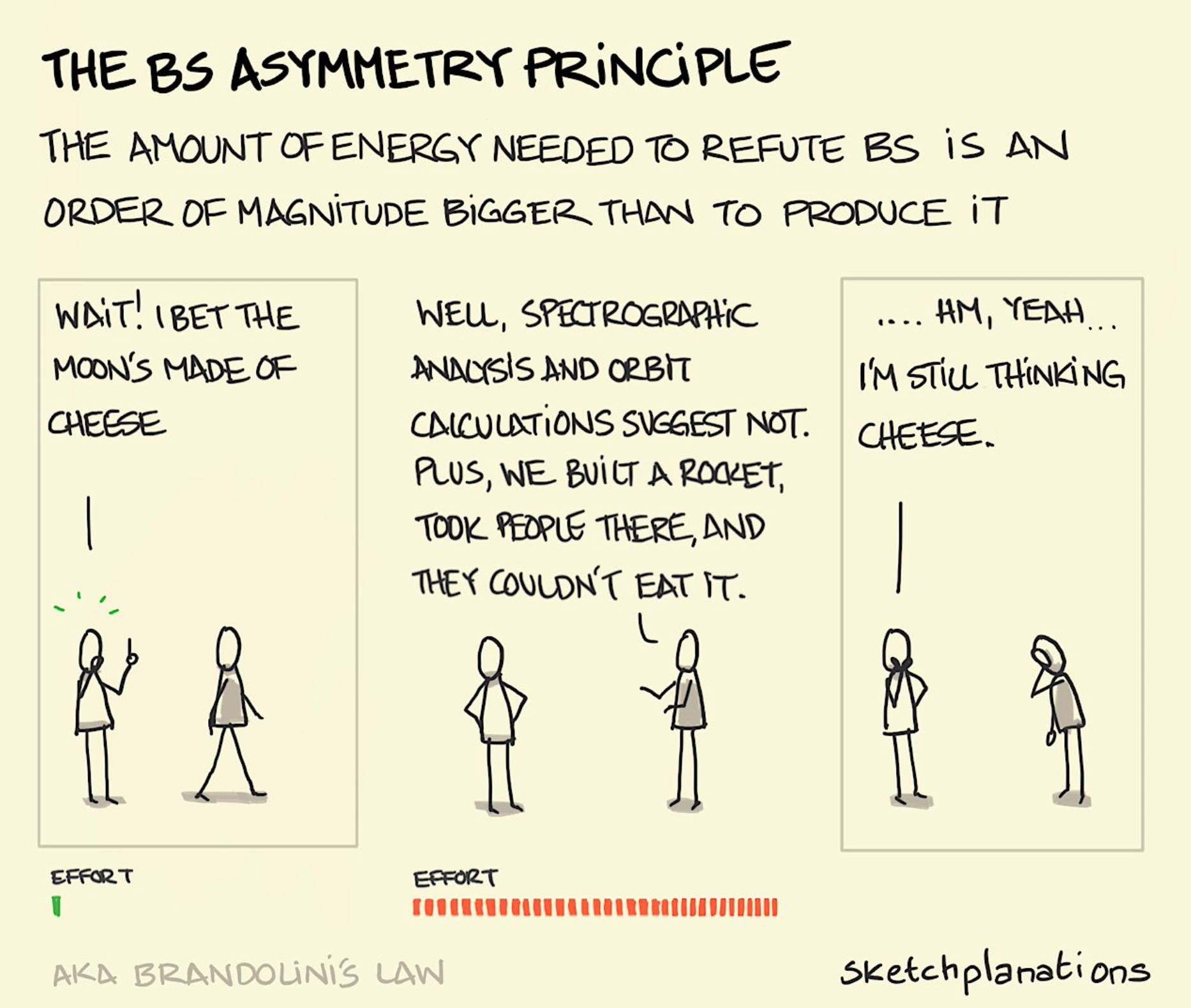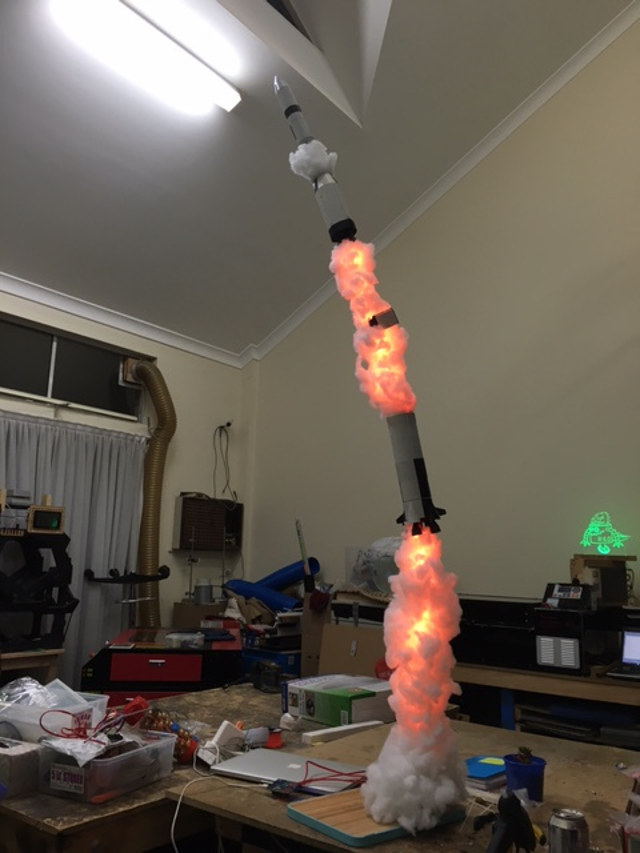RANDOM POSTs
-
-
Denoisers available in Arnold
Read more: Denoisers available in Arnoldhttps://help.autodesk.com/view/ARNOL/ENU/?guid=arnold_user_guide_ac_denoising_html
AOV denoising: While all denoisers work on arbitrary AOVs, not all denoisers guarantee that the denoised AOVs composite together to match the denoised beauty. The AOV column indicates whether a denoiser has robust AOV denoising and can produce a result where denoised_AOV_1 + denoised_AOV_2 + … + denoised_AOV_N = denoised_Beauty.
OptiX™ Denoiser imager
This imager is available as a post-processing effect. The imager also exposes additional controls for clamping and blending the result. It is based on Nvidia AI technology and is integrated into Arnold for use with IPR and look dev. The OptiX™ denoiser is meant to be used during IPR (so that you get a very quickly denoised image as you’re moving the camera and making other adjustments).
OIDN Denoiser imager
The OIDN denoiser (based on Intel’s Open Image Denoise technology) is available as a post-processing effect. It is integrated into Arnold for use with IPR as an imager (so that you get a very quickly denoised image as you’re moving the camera and making other adjustments).
Arnold Denoiser (Noice)
The Arnold Denoiser (Noice) can be run from a dedicated UI, exposed in the Denoiser, or as an imager, you will need to render images out first via the Arnold EXR driver with variance AOVs enabled. It is also available as a stand-alone program (noice.exe).
This imager is available as a post-processing effect. You can automatically denoise images every time you render a scene, edit the denoising settings and see the resulting image directly in the render view. It favors quality over speed and is, therefore, more suitable for high-quality final frame denoising and animation sequences.
Note:imager_denoiser_noice does not support temporal denoising (required for denoising an animation).
-
Fouad Khan – Confirmed! We Live in a Simulation
Read more: Fouad Khan – Confirmed! We Live in a Simulationhttps://www.scientificamerican.com/article/confirmed-we-live-in-a-simulation/
Ever since the philosopher Nick Bostrom proposed in the Philosophical Quarterly that the universe and everything in it might be a simulation, there has been intense public speculation and debate about the nature of reality.
Yet there have been skeptics. Physicist Frank Wilczek has argued that there’s too much wasted complexity in our universe for it to be simulated. Building complexity requires energy and time.
To understand if we live in a simulation we need to start by looking at the fact that we already have computers running all kinds of simulations for lower level “intelligences” or algorithms.
All computing hardware leaves an artifact of its existence within the world of the simulation it is running. This artifact is the processor speed.
No matter how complete the simulation is, the processor speed would intervene in the operations of the simulation.If we live in a simulation, then our universe should also have such an artifact. We can now begin to articulate some properties of this artifact that would help us in our search for such an artifact in our universe.
The artifact presents itself in the simulated world as an upper limit.Now that we have some defining features of the artifact, of course it becomes clear what the artifact manifests itself as within our universe. The artifact is manifested as the speed of light.
This maximum speed is the speed of light. We don’t know what hardware is running the simulation of our universe or what properties it has, but one thing we can say now is that the memory container size for the variable space would be about 300,000 kilometers if the processor performed one operation per second.We can see now that the speed of light meets all the criteria of a hardware artifact identified in our observation of our own computer builds. It remains the same irrespective of observer (simulated) speed, it is observed as a maximum limit, it is unexplainable by the physics of the universe, and it is absolute. The speed of light is a hardware artifact showing we live in a simulated universe.
Consciousness is an integrated (combining five senses) subjective interface between the self and the rest of the universe. The only reasonable explanation for its existence is that it is there to be an “experience”.
So here we are generating this product called consciousness that we apparently don’t have a use for, that is an experience and hence must serve as an experience. The only logical next step is to surmise that this product serves someone else.
-
Mars Lewis on the Brandolini’s Law
Read more: Mars Lewis on the Brandolini’s LawBrandolini’s law (or the bullshit asymmetry principle) is an internet adage coined in 2013 by Italian programmer Alberto Brandolini. It compares the considerable effort of debunking misinformation to the relative ease of creating it in the first place.
The law states: “The amount of energy needed to refute bullshit is an order of magnitude bigger than to produce it.”
https://en.wikipedia.org/wiki/Brandolini%27s_law
This is why every time you kill a lie, it feels like nothing changed. It’s why no matter how many facts you post, how many sources you cite, how many receipts you show—the swarm just keeps coming. Because while you’re out in the open doing surgery, the machine is behind the curtain spraying aerosol deceit into every vent.
The lie takes ten seconds. The truth takes ten paragraphs. And by the time you’ve written the tenth, the people you’re trying to reach have already scrolled past.
Every viral deception—the fake quote, the rigged video, the synthetic outrage—takes almost nothing to create. And once it’s out there, you’re not just correcting a fact—you’re prying it out of someone’s identity. Because people don’t adopt lies just for information. They adopt them for belonging. The lie becomes part of who they are, and your correction becomes an attack.
And still—you must correct it. Still, you must fight.
Because even if truth doesn’t spread as fast, it roots deeper. Even if it doesn’t go viral, it endures. And eventually, it makes people bulletproof to the next wave of narrative sewage.
You’re not here to win a one-day war. You’re here to outlast a never-ending invasion.
The lies are roaches. You kill one, and a hundred more scramble behind the drywall.The lies are Hydra heads. You cut one off, and two grow back. But you keep swinging anyway.
Because this isn’t about instant wins. It’s about making the cost of lying higher. It’s about being the resistance that doesn’t fold. You don’t fight because it’s easy. You fight because it’s right.
-
Unity3d Uscript docs
Read more: Unity3d Uscript docshttp://docs.uscript.net/Default.htm
http://docs.uscript.net/Development/
-
The important thing in science
Read more: The important thing in science“The important thing in science is not so much to obtain new facts as to discover new ways of thinking about it”
William Lawrence Bragg -
Tauseef Fayyaz About readable code – Clean Code Practices
Read more: Tauseef Fayyaz About readable code – Clean Code Practices𝗛𝗲𝗿𝗲’𝘀 𝘄𝗵𝗮𝘁 𝘁𝗼 𝗺𝗮𝘀𝘁𝗲𝗿 𝗶𝗻 𝗖𝗹𝗲𝗮𝗻 𝗖𝗼𝗱𝗲 𝗣𝗿𝗮𝗰𝘁𝗶𝗰𝗲𝘀:
Code Readability & Simplicity – Use meaningful names, write short functions, follow SRP, flatten logic, and remove dead code.
→ Clarity is a feature.Function & Class Design – Limit parameters, favor pure functions, small classes, and composition over inheritance.
→ Structure drives scalability.Testing & Maintainability – Write readable unit tests, avoid over-mocking, test edge cases, and refactor with confidence.
→ Test what matters.Code Structure & Architecture – Organize by features, minimize global state, avoid god objects, and abstract smartly.
→ Architecture isn’t just backend.Refactoring & Iteration – Apply the Boy Scout Rule, DRY, KISS, and YAGNI principles regularly.
→ Refactor like it’s part of development.Robustness & Safety – Validate early, handle errors gracefully, avoid magic numbers, and favor immutability.
→ Safe code is future-proof.Documentation & Comments – Let your code explain itself. Comment why, not what, and document at the source.
→ Good docs reduce team friction.Tooling & Automation – Use linters, formatters, static analysis, and CI reviews to automate code quality.
→ Let tools guard your gates.Final Review Practices – Review, refactor nearby code, and avoid cleverness in the name of brevity.
→ Readable code is better than smart code. -
Jeffrey Ian Wilson – The Hidden Risks of Using ChatGPT and Anonymous AI Tools in non-secured Confidential Workflows Outside Proper Production Pipelines
Read more: Jeffrey Ian Wilson – The Hidden Risks of Using ChatGPT and Anonymous AI Tools in non-secured Confidential Workflows Outside Proper Production Pipelineshttps://www.linkedin.com/pulse/hidden-risks-using-chatgpt-anonymous-ai-tools-workflows-wilson-govcc
What You Can Do Today
If you’re serious about protecting your IP, client relationships, and professional credibility, you need to stop treating generative AI tools like consumer-grade apps. This isn’t about fear, it’s about operational discipline. Below are immediate steps you can take to reduce your exposure and stay in control of your creative pipeline.
- Use ChatGPT via the API, not the public app, for any sensitive data.
- Isolate ComfyUI to a sandboxed VM, Docker container, or offline machine.
- Audit every custom node, don’t blindly trust GitHub links or ComfyUI workflows
- Educate your team, a single mistake can leak an unreleased game asset, a feature film script, or trade secrets.
- Open source does not mean secure.

COLLECTIONS
| Featured AI
| Design And Composition
| Explore posts
POPULAR SEARCHES
unreal | pipeline | virtual production | free | learn | photoshop | 360 | macro | google | nvidia | resolution | open source | hdri | real-time | photography basics | nuke
FEATURED POSTS
Social Links
DISCLAIMER – Links and images on this website may be protected by the respective owners’ copyright. All data submitted by users through this site shall be treated as freely available to share.








